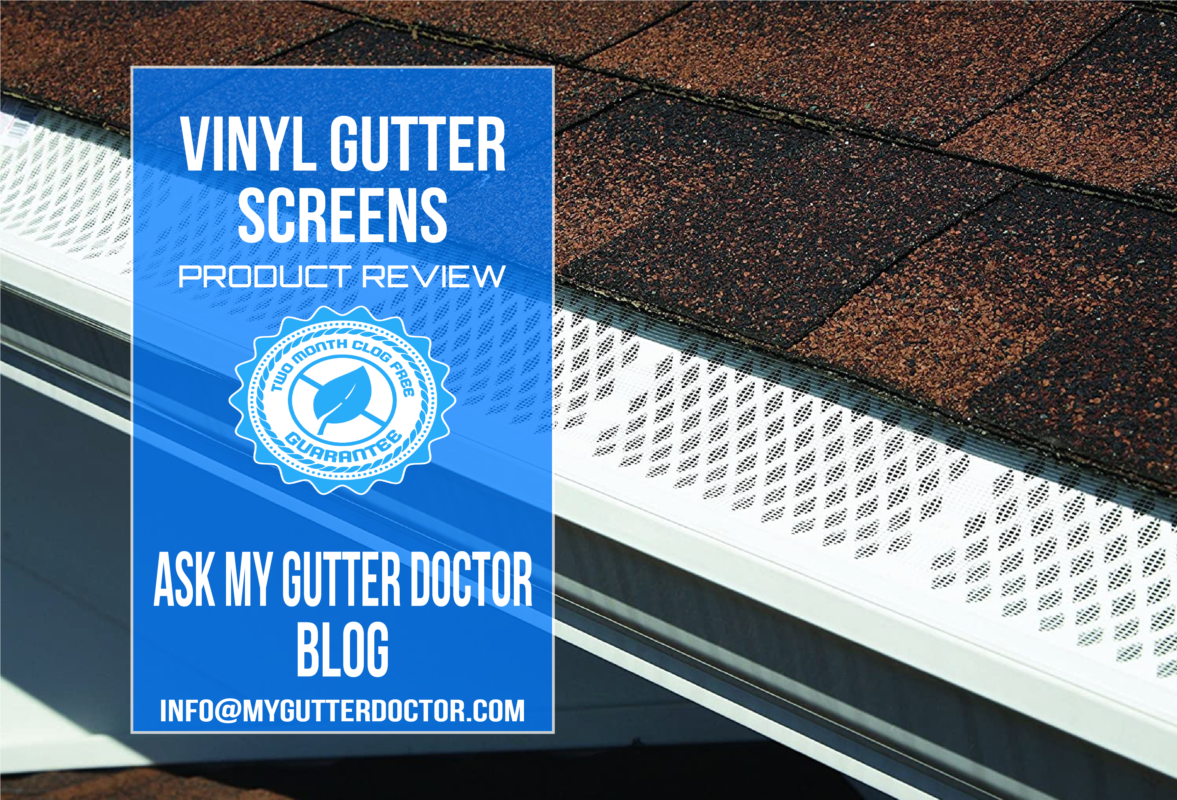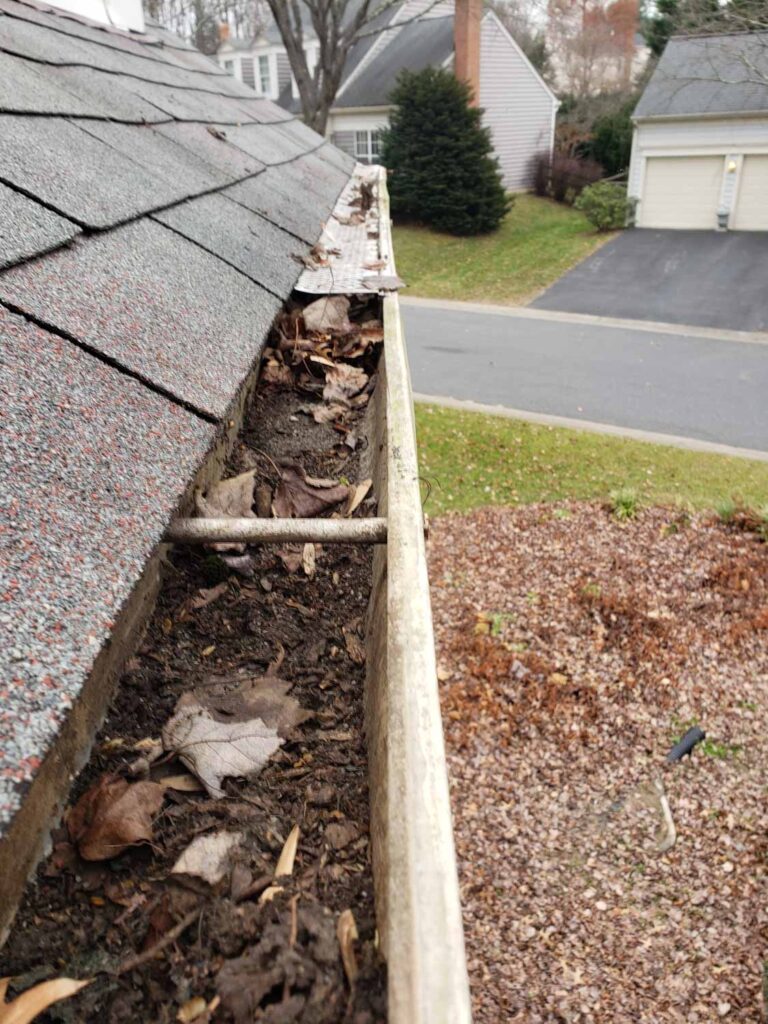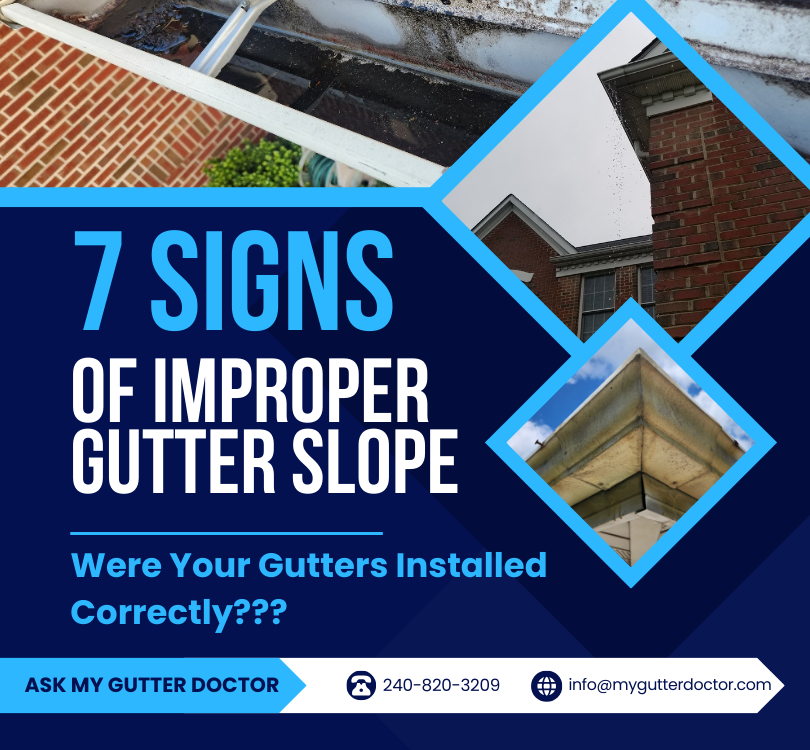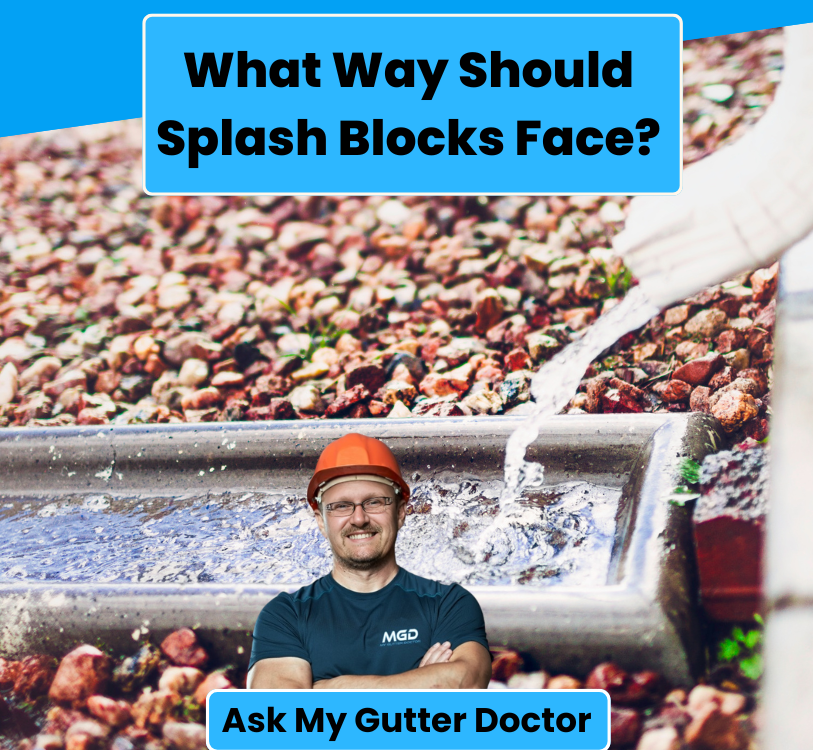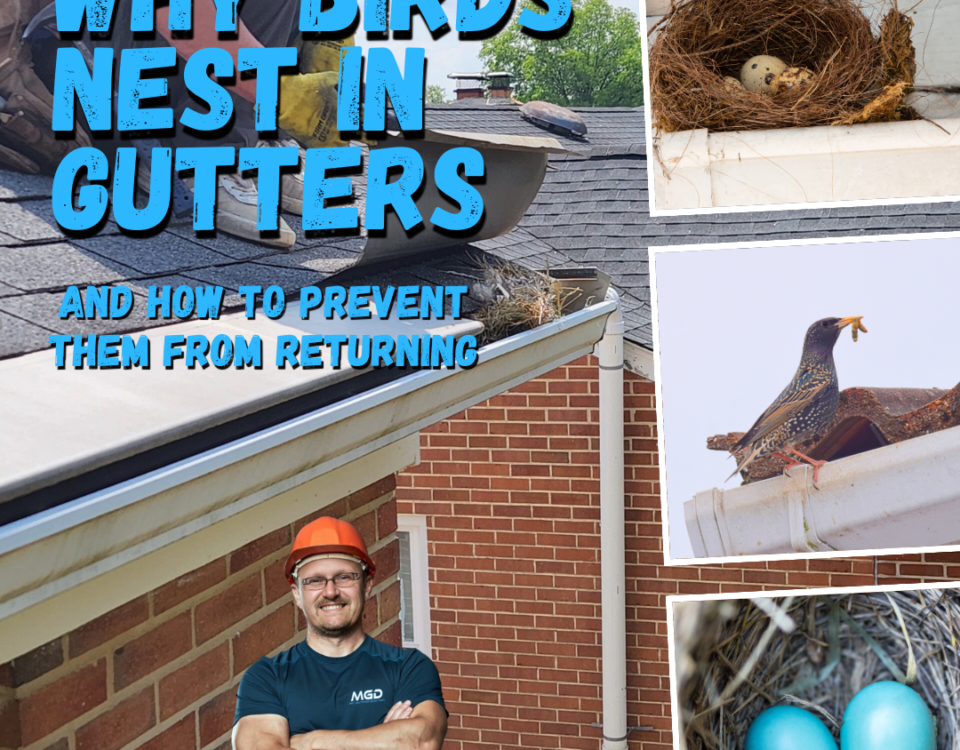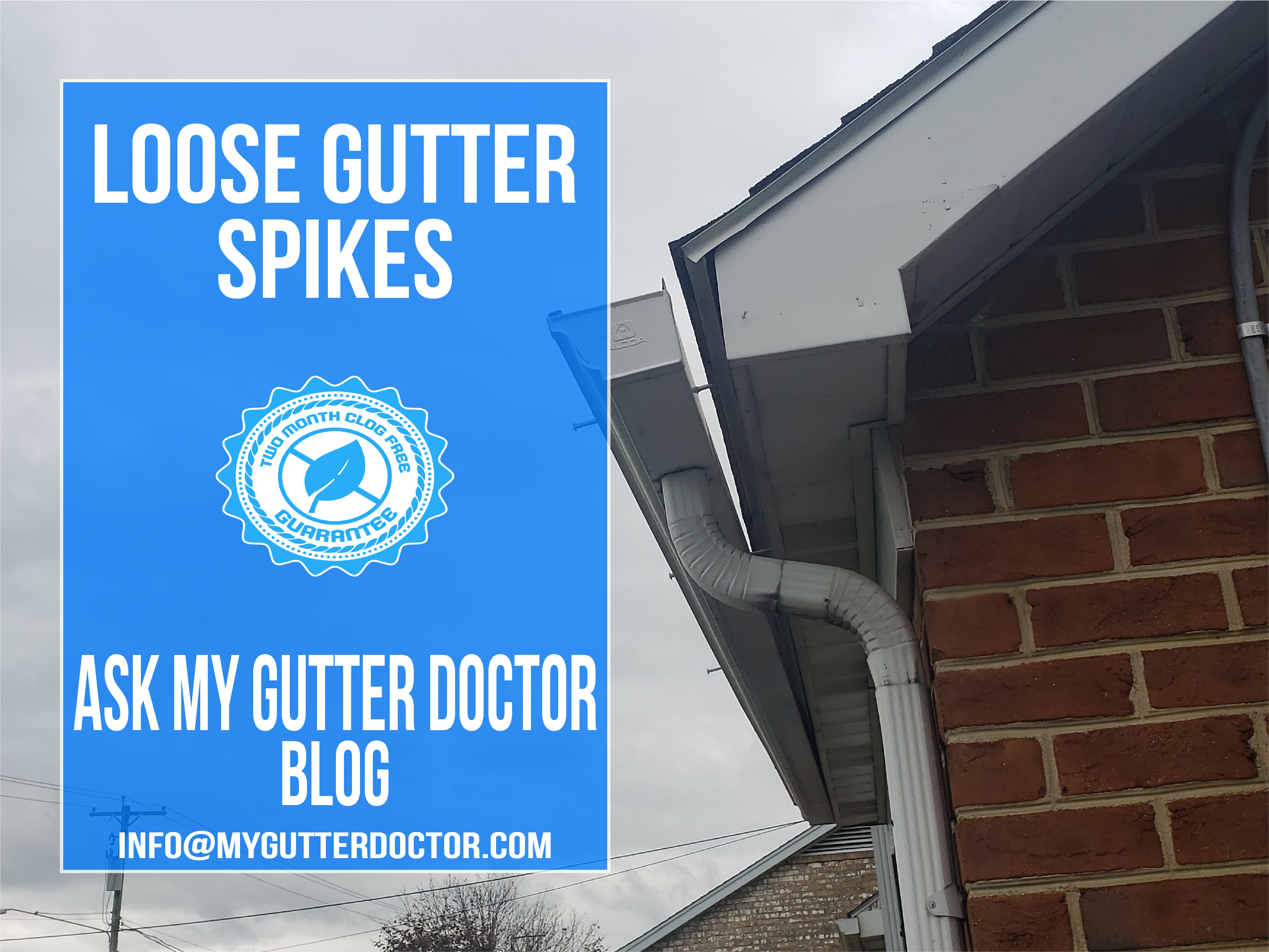
Loose Gutter Spikes
December 21, 2022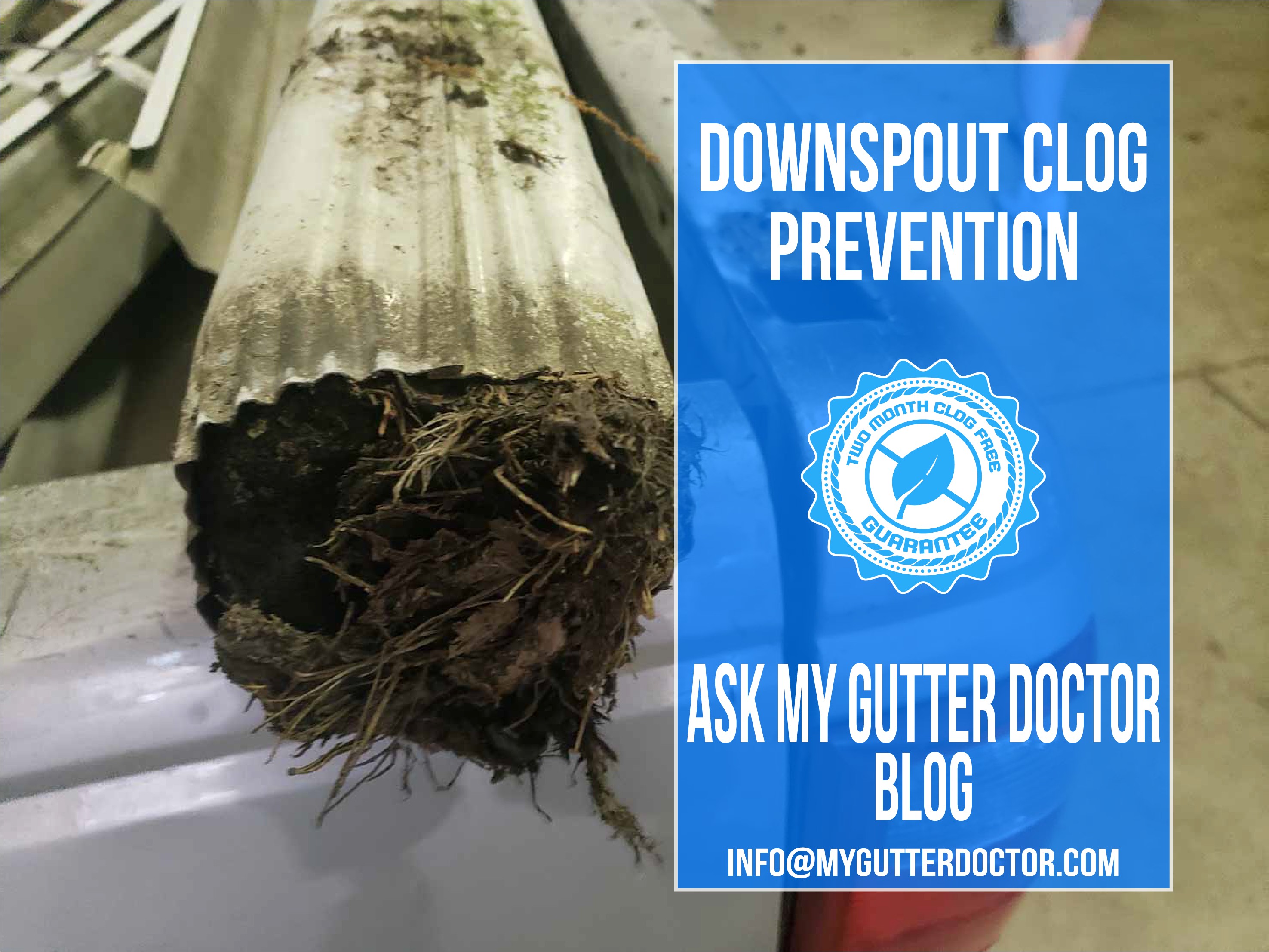
Downspout Clog Prevention
December 29, 2022ARE VINYL GUTTER SCREENS GOOD?
-PRODUCT REVIEW BY MY GUTTER DOCTOR-
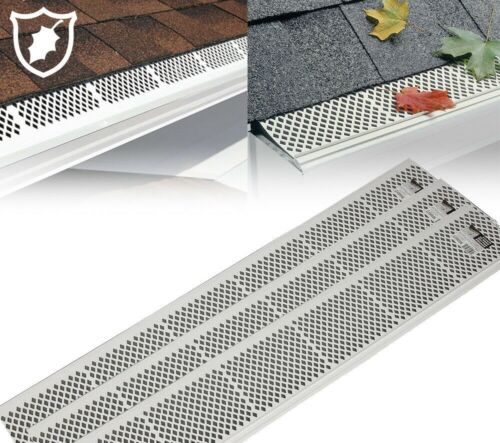
If you are interested in buying Vinyl Gutter Screens you WILL want to read this article first, so that you can make an educated and informed decision before purchasing.
In this article we discuss the pros and cons of Vinyl Gutter Screens, whether or not we recommend vinyl products or screens, and the reasonings why. Also included are photos of how these vinyl products actually hold up to gutter debris and the elements.
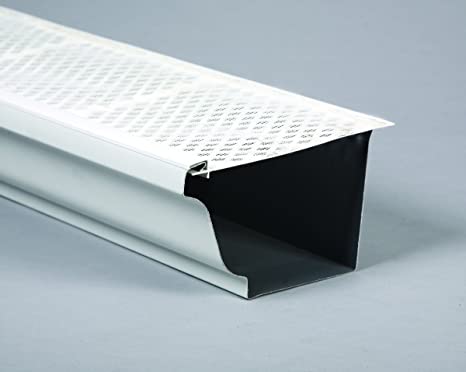
Cross section view of a Vinyl Gutter Screen on top of a K-Style gutter.
WHAT ARE VINYL GUTTER SCREENS
Gutter Screens, Gutter Covers, Gutter Helmets, Gutter Guards, etc. are all different names for Leaf Protection systems designed to keep leaves and other debris out of gutter systems. All styles of leaf protection vary slightly, so they each have their own various pros and cons.
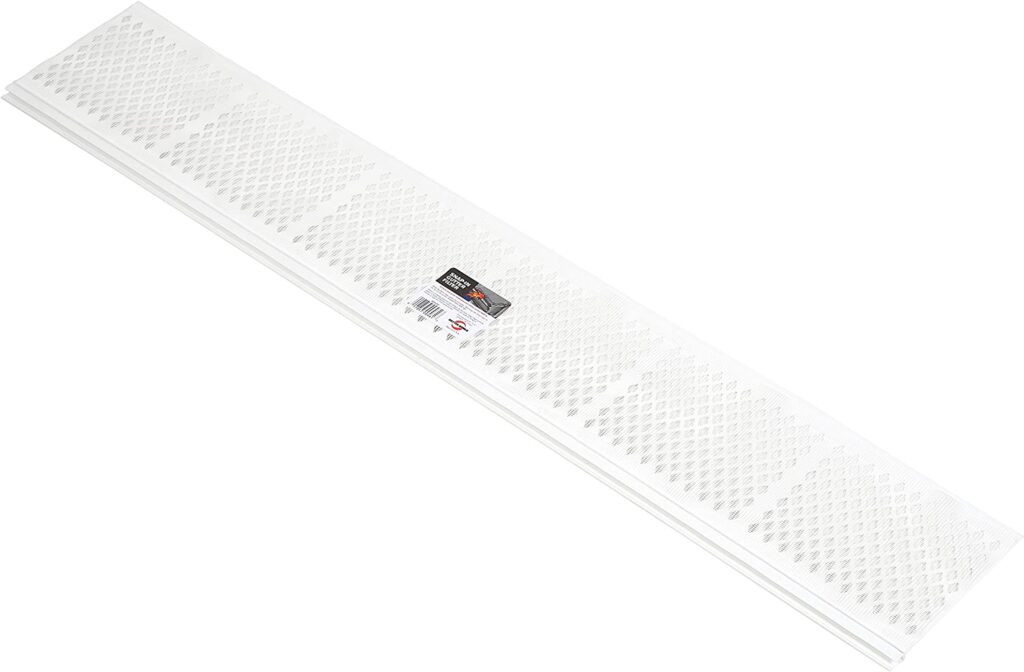
Vinyl Gutter Screens are gutter screens fabricated from PVC that snap-on to the tops of K-Style Gutters and slide under the shingles. The cheap price and easiness of installation make vinyl gutter screens a popular choice for new home owners.
There are 3 main types of Vinyl Gutter Screens that we are reviewing as one category because they all share the same negative features.
MICRO MESH VINYL GUTTER SCREENS
The most common style of vinyl gutter screens are called micro mesh and they feature a two part system. A rigid plastic frame (often with the diamond pattern pictured below) paired with a screen for filtering out smaller debris. In the photo below you see a classic example of vinyl gutter screens performing well against light pine needles and a couple leaves.
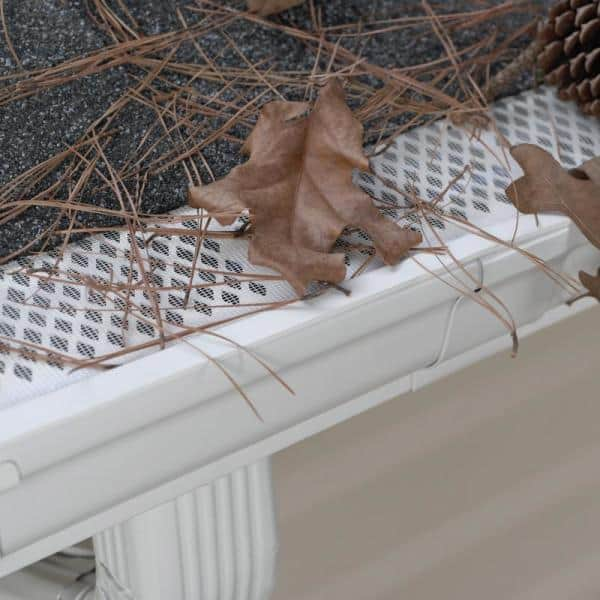
SNAP IN OR EASY ON GUTTER SCREENS
These are basically the same as the micro mesh style pictured above, but without the extra screen layer to catch smaller debris. Not having the extra screen layer allows the water to flow into the gutter system more efficiently. This style can feature the diamond style holes or sometimes even circular holes.
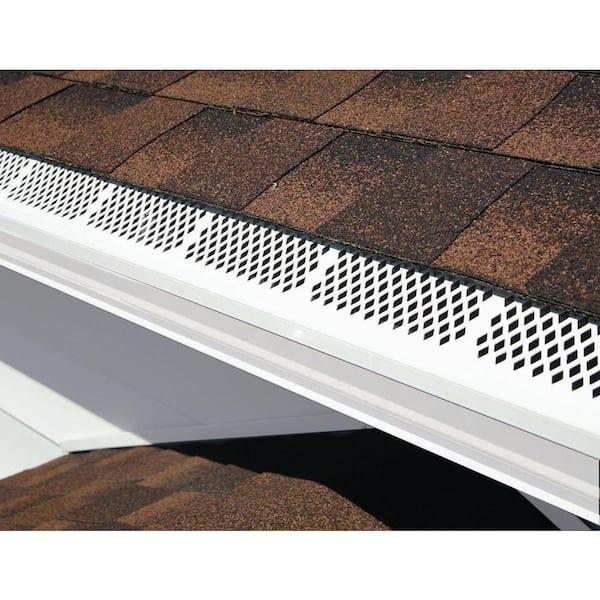
VINYL GUTTER SCREEN ROLL
This may be the cheapest possible style of Leaf Protection on the market. It is basically a roll of plastic screen that is unrolled on tops of the gutters and then mounted down once in place. This style often comes with clips or hardware to prevent it from blowing off of the gutters. In order to have any luck with the rolls of screen you must secure them as good as possible to the gutters so that they do not blow away or cave into the gutters.
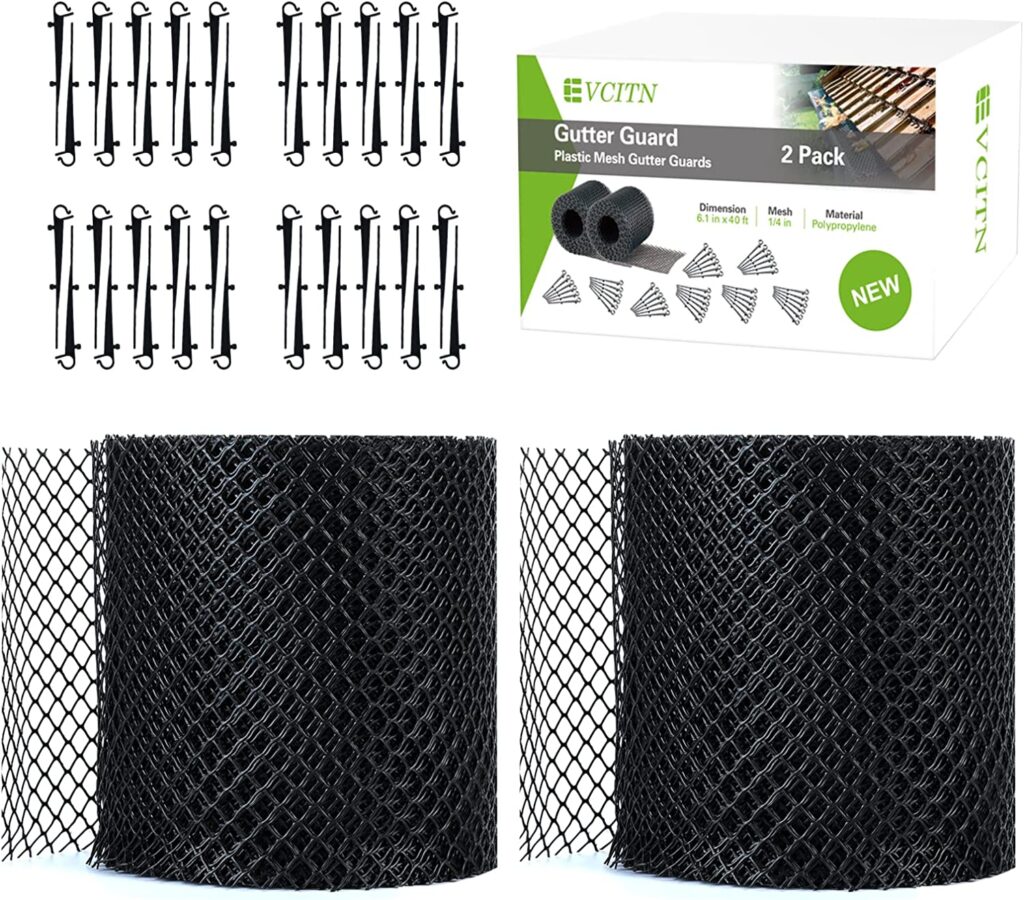
VINYL GUTTER SCREEN : PRO’S
-
LOW PRICE
-
READILY AVAILABLE
-
EASY INSTALLATION
Since all vinyl products are made from PVC (aka plastic) they are cheapest options of Leaf Protection (and gutter products) available. Plastic or vinyl gutter products will always be cheaper than aluminum products as they are manufactured at a cheaper price point, usually outside of the U.S.A.
Vinyl Gutter Screens can easily be found at Home Depot or Lowes, or even online through popular shopping apps like Amazon or Ebay.
Most styles of Vinyl Gutter Screens are Clip-On or Easy-On which means they easily clip onto the tops of the gutters without much effort or knowledge of gutters. An average homeowner that owns a ladder and is not afraid of heights would be able to install these with after watching a 2 minute you tube video.
VINYL GUTTER SCREEN : CON’S
-
LARGE HOLES – DEBRIS GETS INTO GUTTERS EASILY
-
EASILY COME LOOSE – DEBRIS GETS UNDER COVERS
-
BIRDS ARE ATTRACTED TO THIS STYLE BECAUSE OF THE GAPS
-
DAMAGES EASILY
-
SHORT LIFE SPAN
-
THE MESH SCREEN SEPARATES
-
TAMPERS WITH SHINGLES
Most styles of vinyl gutter screen have large sized holes. The problem with larger holes is the bigger the hole the bigger the debris that gets in. Larger debris such as seeds or seed pods are able to infiltrate the gutter system through vinyl gutter screens. If there is any decomposed material in the gutters the seeds are able to easily take root and grow in the fertile mix.
The purpose of leaf protection is to keep larger debris out of the gutter system. If the holes are large enough that seeds are able to get in and then take root, then that is a design failure. It basically creates a habitat for the plants to grow.
In the photo below you will see plants that have taken root and grown right through gutter screens. For root balls like this to develop and become fertile the gutter debris would need to be 6 months to a year old minimum.
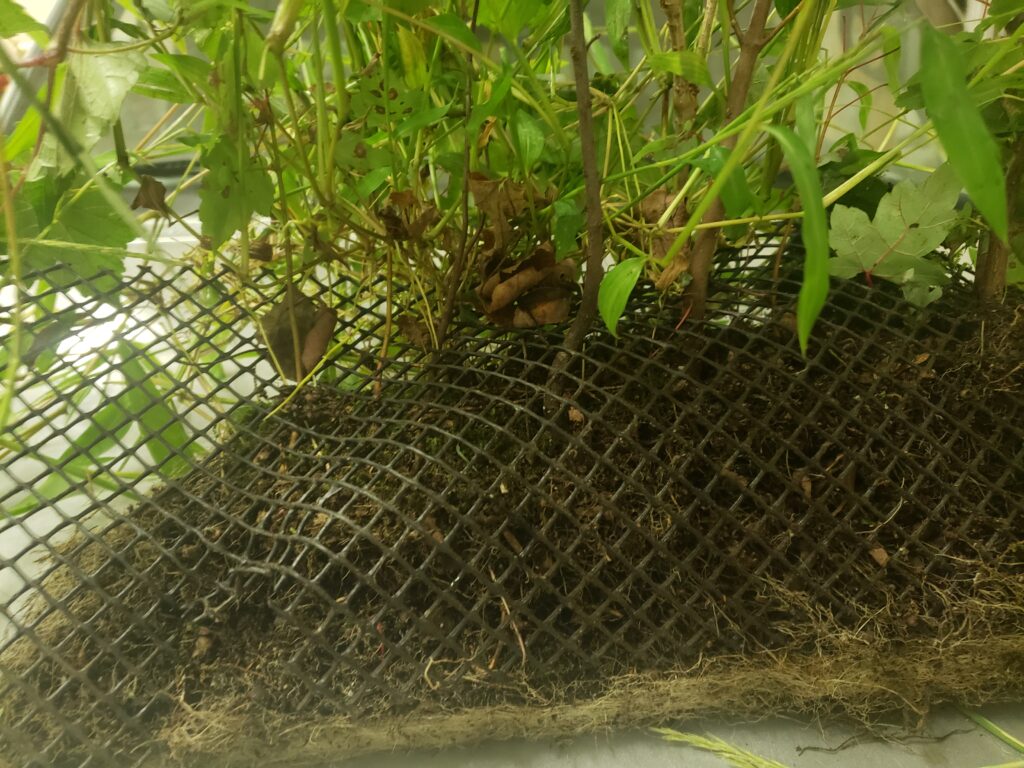
The problem with easy installation is that it also means easy removal! Unfortunately easy removal is not always a good thing.
Since vinyl screens slide onto the gutters without any mounting hardware, they easily come loose. Leaves and other debris are able to enter the gutter system through these gaps and get under the covers.
In the photo below you will see vinyl gutter screens installed along a roof edge. If you look down the line you will notice that every gutter screen is loose from the track on the far end. The gutter screen closest to the camera has “caved in” which creates a blockage in the gutter system. Once vinyl gutter screens begin to cave in like this they are actually causing more problems then good. A blockage or “dam” will form under this sunken in gutter screen that will keep getting worse and worse.

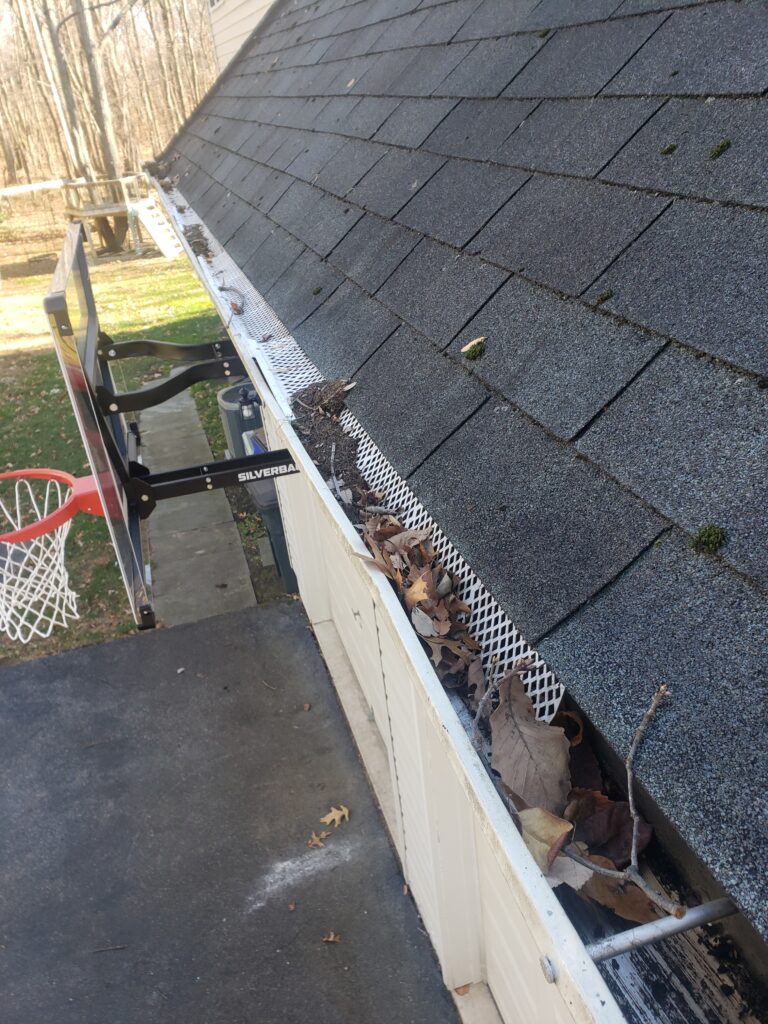
Since these are manufactured using vinyl/plastic you may have guessed that they are easily damaged and do not last very long. All vinyl gutter products damage easily and therefore are not recommend for gutter systems.
We never recommend any type of gutter screen that features a mesh screen or 2 part screen system. Over time the mesh screen will come unattached from the plastic frame which sometimes creates a pocket for debris to get stuck in. More and more debris wedges its way in there eventually forcing the gutter screen to completely separate and often blow off of the home.
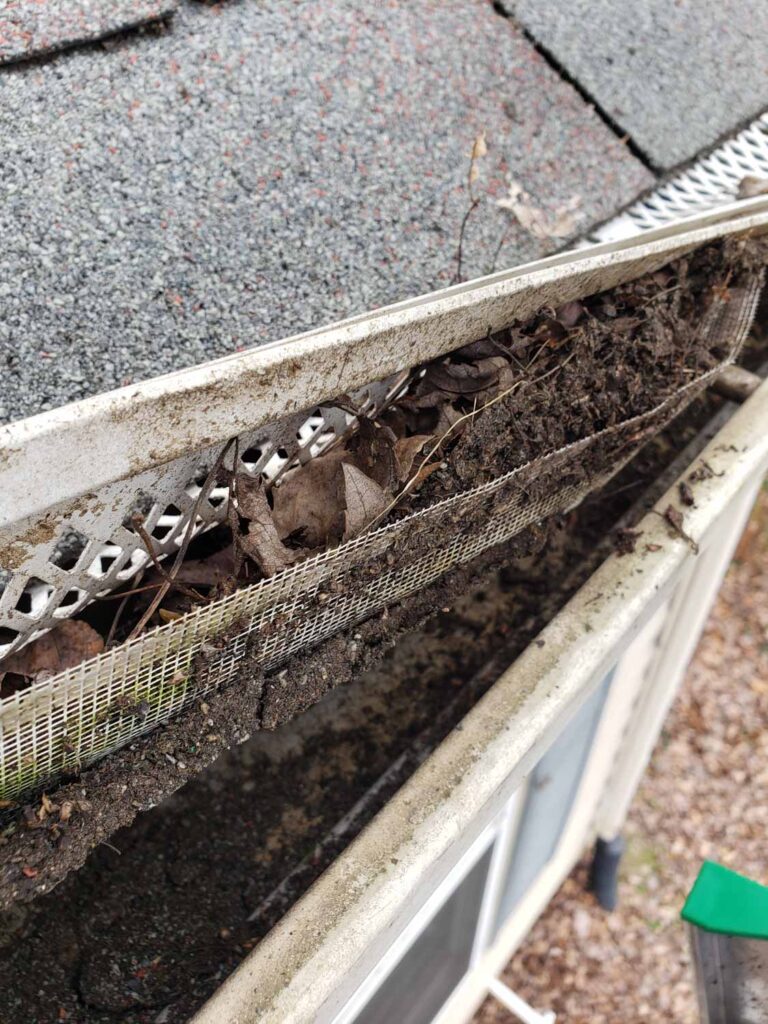
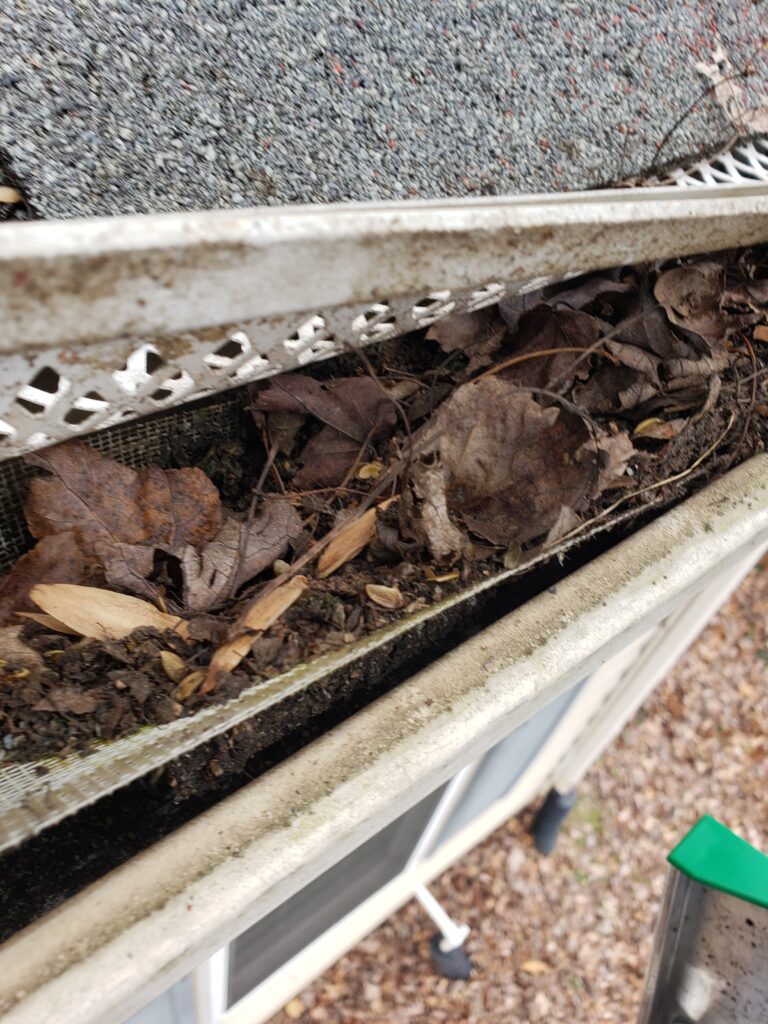
Plant material that is left to rot and decompose while resting on gutter screens will stick to or “gunk up” the screens. Once gunk sticks to the screens water will sheen right over the screen and bypass the gutter system completely by overflowing the gutters.
Since the purpose of gutters is to collect the rain water and direct it away from the home’s foundation, water pouring directly over the gutters instead of going into the gutters makes them worthless.
If you look through all the photos on this page you will notice that the gutter screens go underneath the shingles. Since shingles are nailed and glued down to the roof decking, lifting them up or tampering with them in any way is never recommended. The idea is not to tamper with the roof as much as possible.
If gutter screens are not slid into place correctly, they will cause the shingles to bulge or stick up in these areas which causes splashing and potential water entry points under the roof.
DOES MY GUTTER DOCTOR RECOMMEND VINYL GUTTER SCREENS?
Unfortunately that’s going to be a “NO” from us. We would never recommend faulty products.
CONCLUSION:
IF DEBRIS IS ABLE TO GET IN, THE SCREENS ARE MORE PROBLEMATIC THEN HELPFUL
As we’ve previously mentioned the purpose of gutter screens is to prevent debris from entering the gutter system. If just one gutter cover is missing than debris is able to get in through the opening and clog any part of the system that is connected.
In the photo below you see a classic example of what happens under faulty gutter screens. If you look closely you notice there is an inch or two of dirt or mulch inside the gutters. This dirt is leaves that have already decomposed and turned to plant soil, ready to hatch seedlings. The couple inches of mulch indicates the gutters have been clogged a long time.
PERFORATED ALUMINUM GUTTER COVERS
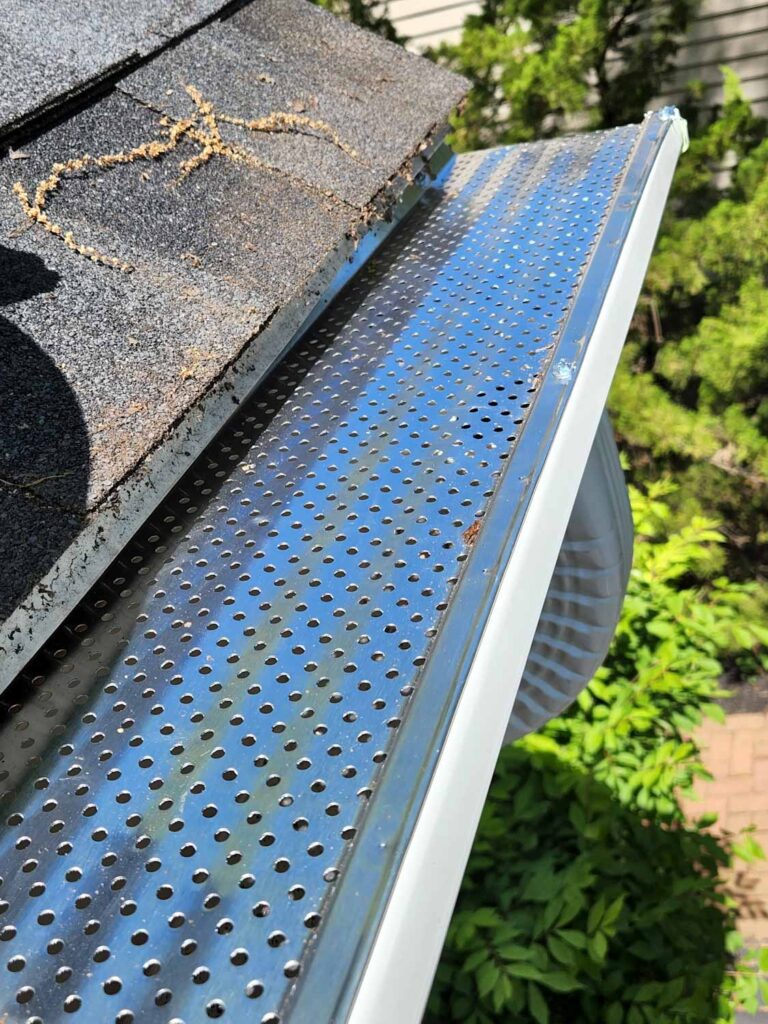
We exclusively use and recommend Perforated Aluminum Gutter Covers for a multitude of reasons such as:
- AFFORDABILITY – BEST OVERALL PRICE POINT
- DURABILITY – RUST PROOF/BUILT TO LAST
- EFFICIENCY – HIGH WATER ABSORPTION
- CLOG PROOF – NO DEBRIS GETS IN
- DO NOT BLOW OF OR COME LOOSE
- DOES NOT EFFECT SHINGLES
- COMPATABLE WITH HANGERS/BRACKETS/SPIKES
- NOT VISIBLE FROM GROUND
- EASY REMOVAL/RE-INSTALLATION
For more information regarding Perforated Aluminum Gutter Covers, please visit our Gutter Guard page.
MY GUTTER DOCTOR
93 Monocacy Blvd. A-6
Frederick, MD 21701
301-820-3209
info@mygutterdoctor.com
CHECK OUT WHAT OTHER EXPERTS ARE ALSO SAYING:
Plastic VS Aluminum Gutter Guards by All American Gutter Protection
Plastic VS Metal Gutter Guards by Four Seasons Gutter Filter
Why Most Contractors Won’t Recommend Vinyl Gutters by Barry Best
Do Gutter Guards Work? Should I Invest? by Golden Hammer Gutters


